As a contractor, I get this question a lot, and you would be surprised how many efficient ways I have come up with over the years to hide your wires.
Here I will cover some of the best and most intuitive ways; feel free to use anyone that best works with the tools you can access and what you require.
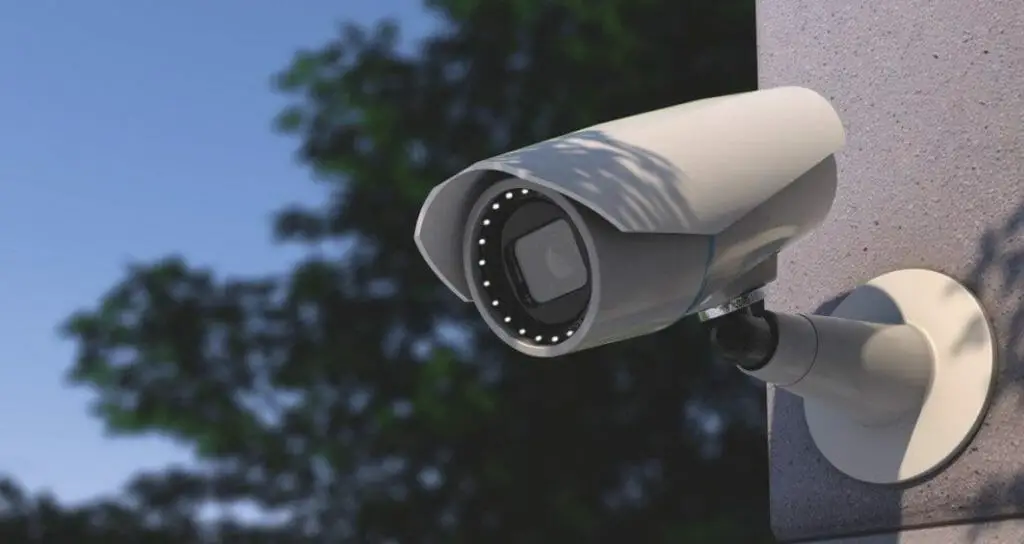
Understanding how to conceal security camera wires outside the house is essential, as these connections perform most of the surveillance equipment’s functions. It may take time, effort, and research to figure out how to disguise security camera wiring outside.
The wires mustn’t look out of place and aren’t in a location where they can’t be readily plugged in. The more security cameras you deploy to cover your facility, the more the wiring system needs to sustain and connect them.
1. Pass cables through conduits
(#1 Recommended Method)
This section covers the following:
- a. Surface-Mounted Conduit,
- b. In-Wall Conduit, and
- c. Underground Conduits.
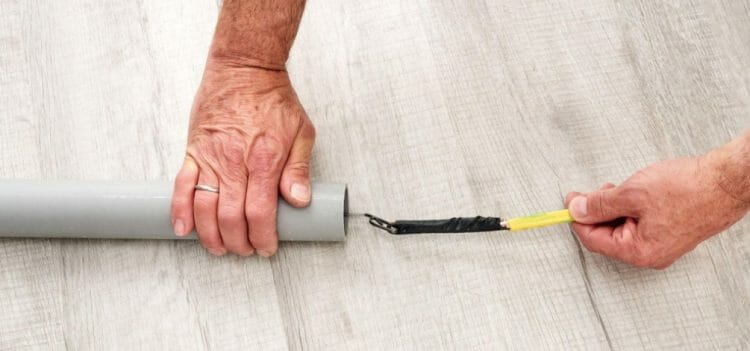
Passing wires through conduits is another option for hiding them, but it may be a bit difficult if you’ve never pulled them through a conduit before. Pushing the conduit through is exceedingly unlikely unless it is short and straight. It is, however, usually easier to pull wires with a companion.
A) Surface-Mounted Conduit

This is a type of plastic or metal tubing that is used to protect and conceal wires and cables. It can be used to hide security camera wires by running the wires through the conduit and then attaching the conduit to the exterior of a building or structure.
One of the benefits of using a surface-mounted conduit is that it is relatively easy to install and can be cut to the desired length. Additionally, it is cost-effective.
However, one of the cons of using a surface-mounted conduit is that it can be unsightly and may not blend well with the surrounding area. It may also not be suitable for certain architectural styles or aesthetic preferences. Also, it can be vulnerable to physical damage such as impact and weather.
It’s important to note that when installing a surface-mounted conduit, it should be done in a way that allows for future maintenance and repairs, leaving enough space for wire replacement and repairs.
B) In-Wall Conduit

In-wall conduit is a plastic or metal tubing installed inside walls to protect and conceal wires and cables. It can be used to hide security camera wires by running the wires through the conduit and then installing the conduit inside walls, behind drywall, or other finishes.
One of the benefits of using an in-wall conduit is that it is hidden from view and can blend in well with the surrounding area. It also offers protection from physical damage such as impact and tampering. Additionally, it’s a good option for hiding wires where surface-mounted or underground conduit may not be feasible, such as inside finished buildings.
However, one of the cons of using an in-wall conduit is that it can be more difficult and labor-intensive to install than a surface-mounted conduit. It may also require cutting into walls, patching, and painting, which can be invasive and disruptive to the structure. It may also require obtaining permits or permission from local authorities. Furthermore, it can be more expensive than other methods.
c) Underground Conduit

This is a type of plastic or metal tubing that is buried underground to protect and conceal wires and cables. It can hide security camera wires by running them through the conduit and burying them in the ground.
One of the benefits of using an underground conduit is that it is hidden from view and can blend in well with the surrounding area. It also offers protection from physical damage such as impact, weather, and tampering.
However, one of the cons of using an underground conduit is that it can be more difficult and labor-intensive to install than a surface-mounted conduit. Additionally, it may require special equipment and tools and obtaining permits or permission from local authorities. Furthermore, it can be more expensive than other methods.
It’s important to note that installing underground conduit should be done in a way that allows for future maintenance and repairs, leaving enough space for wire replacement and repairs and following the local building codes and regulations.
2. Hide Under the Eaves/Ceiling
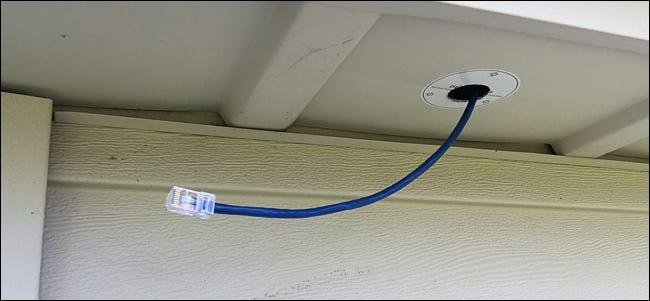
This is the easiest method, especially if the camera and the ceiling/eaves are of the same shade. It’s particularly handy when utilizing a small cam or a domed camera because it prevents recognition from far away. Only the camera will be seen using this technique.
All you need to do is drill a hole in your ceiling and run the wire through. But, to avoid electrocution, switch off the circuit breaker first. (1)
3. Build a Cable Run through the building
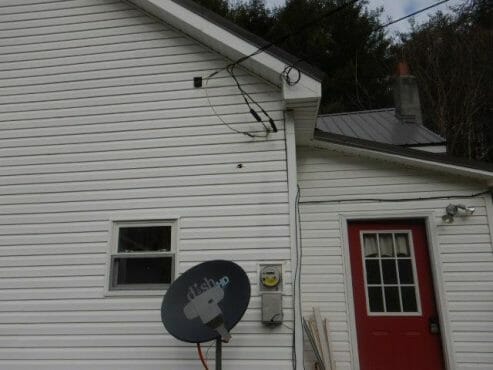
It is safer and more convenient to conceal cables by simply clipping them to the surface of your wall. They can be installed above the ceiling, below the floor, or behind walls.
Try to mark where you run new wires for future reference where possible. Things would be a lot easier if you could run the cable through the building that properly matches your walls, and you wouldn’t have to go to the trouble of painting the wires or covering them for concealment.
4. Bury the Wires
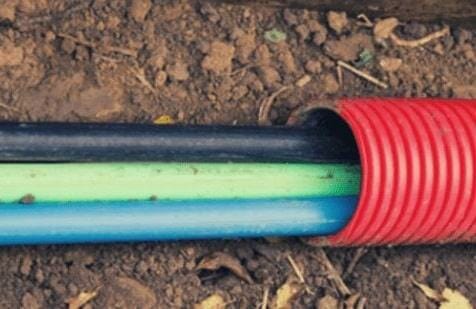
Burying cables is a fantastic way to conceal them. The approach is to place the wires on the ground or pass them through a plastic pipe beforehand. This method is successful when installing cameras in driveways with no wall to cut the cables.
First, arrange the wire’s path and ensure that extra cameras can loop in. Make a diagram of where they are to avoid accidentally cutting them in the future.
5. Mount the decorative pieces and hangings along the wire
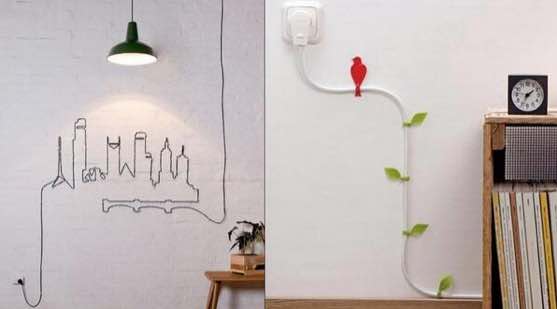
Along the wire, hanging decorative items and designs could be a good idea to hide the security camera wires. All you have to do now is creatively run the cables between the wall.
6. Shade/Color the wires to match
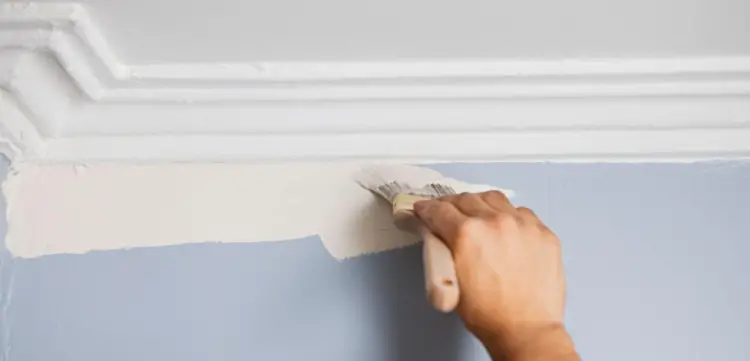
The security camera wires should be painted. Making security camera wires blend in with the landscape is the best approach to hiding them outside.
Using a staple gun, attach the cables to the walls and paint the wires the same color as the walls.
All you have to do now is make sure the wires are neatly clipped to the wall.
7. Plastic tubing for the wires
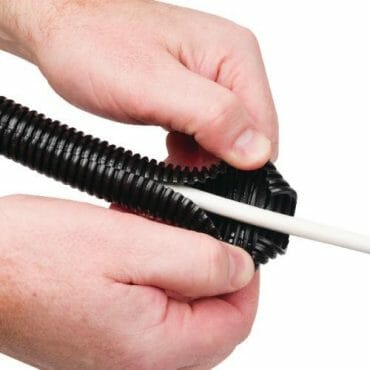
A plastic tube is your best option for concealing security camera cables. Aside from concealing the wire, it also serves as a protective cover in spills, bad weather, or damage.
Not only will the wires be hidden, but their lifespan will also be extended. To avoid electrocution, drill it with the studs and switch off the circuit breaker. After that, thread the wires into the tube with care. Using a cord cover is a similar alternative.
8. Hide the Cables In your Porch or Garden
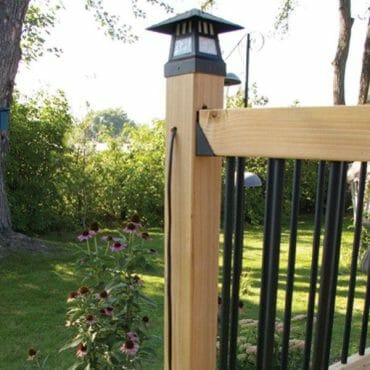
Place the wires in your yard or porch to hide them. The best way to hide security cables is to bury them in the garden, but you’ll need to pay some skilled laborers.
It is better to bury the cables while your garden is being built, as uprooting and resetting them will be difficult.
9. Get a Wireless Security Camera System

You can get wireless cameras instead of ones with cords. Some of them can be powered by solar panels or batteries, but they all do the same thing. Installing a completely wire-free camera is the finest thing you can do if you want your home to be completely wire-free.
In other words, you employ a solar-powered or battery-powered wireless CCTV camera. You won’t have to deal with cabling with such a device, and you’ll be able to place it in whatever covert position you like.
10. Hide the Wires inside the Baseboards
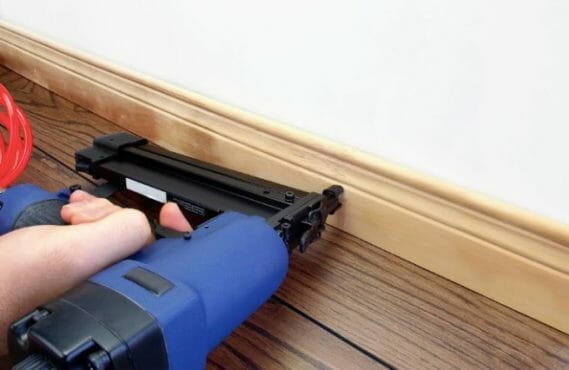
Most specialists favor the raceway system when installing security cameras outside the home. Because they are generally made of plastic, they are easy to cut and hang on the wall. You can also cover them with a baseboard. Just make sure it covers the wires completely.
Don’t forget to think about the color of your paint. Allow it to blend in as much as possible with the surroundings.
11. Buy wires of the same colors as your backdrop
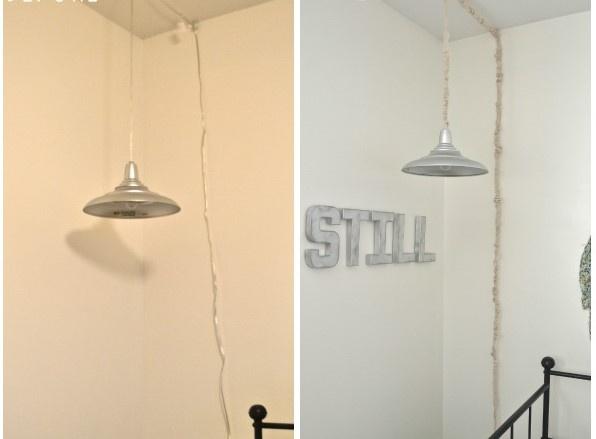
If you don’t want to paint the wires, you can choose cables that are the same (or similar) color as the backdrop.
Cables come in various colors; do your homework and choose a color that complements the backdrop or the wall. As a result, the cables will blend to an extent with their surroundings.
12. Install an On-Wall Cable Concealer Kit
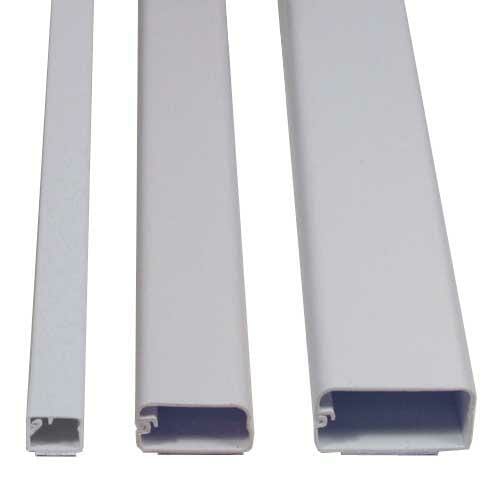
If you want to hide security camera cords, the simplest solution is to Install an on-wall concealer kit to hide the security camera wires. The system also has a variety of functions, such as concealing and shielding the wires from the environment and physical hazards. (2)
You don’t have to be concerned about rats chewing on the wires, nor do you have to be concerned about hiding them.
13. Camouflage Your Camera Wires with Creative Skin Case Covers
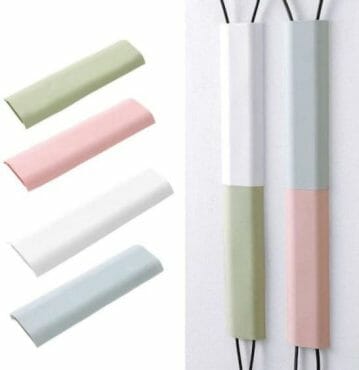
The security camera wires will be less visible to intruders from afar due to camouflaging your Camera wires with creative skin case covers.
These little skins, which come in various shapes, styles, and colors, help preserve the aesthetic appeal of your building while making the cables less obvious to burglars from a distance.
14. Cover Your Camera Wires with Foliage
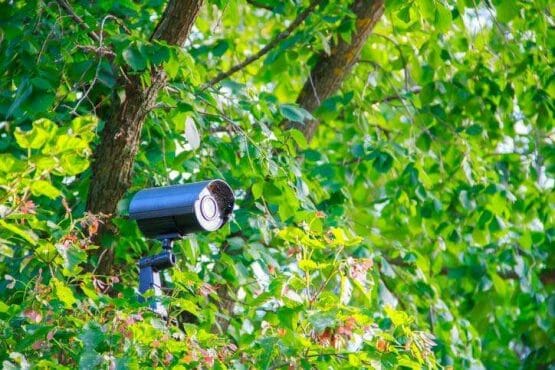
This one is pretty simple, yet it’s still very effective. After all, who would rummage under the leaves of a house plant in search of wireless home security camera wires?
Bury your security camera wires inside other greenery, positioning the leaves, so the wires are hidden but not too evident. It also works great for wireless outdoor security cameras!
15. Hide Wires in Your Outlet

Remove the backing, place your camera cables in the correct location, replace the backing, and place it in the same manner as any other outlet. You will be notified and can monitor quietly if there is any issue.
16. Hide Wires in Metal Boxes
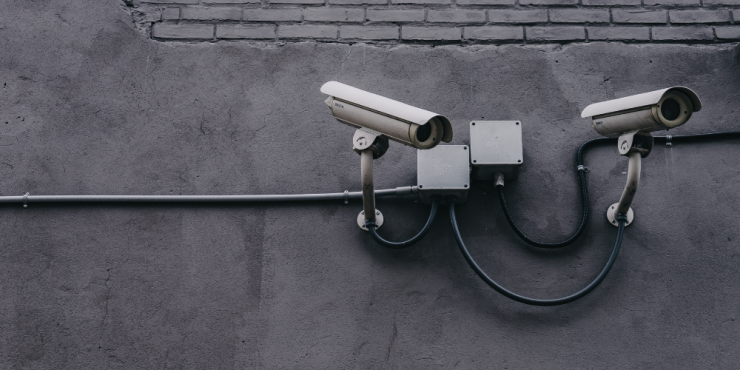
Using a metal box to conceal security camera wiring outside your home is a new technique to protect them. It’s usually placed near the camera. The installation of a metal box also helps to protect the wires from animals such as rodents, squirrels, and birds, as well as extreme weather conditions.
Conclusion
A camera’s cables can be compromised for whatever cause, such as rats, robbers, or harsh weather. As a result, you should not leave them exposed because they will be the primary target for burglars.
We have included details on how to hide security camera wiring. It’s a critical step in terms of overall performance because it helps avoid weather-related damage. It also ensures that your home and its surroundings are tidy, with no dangling wires or color mishmash.
References
(1) circuit breaker – https://www.britannica.com/technology/circuit-breaker
(2) physical hazards – https://ehs.umich.edu/research-clinical/animals/physical-hazards/
